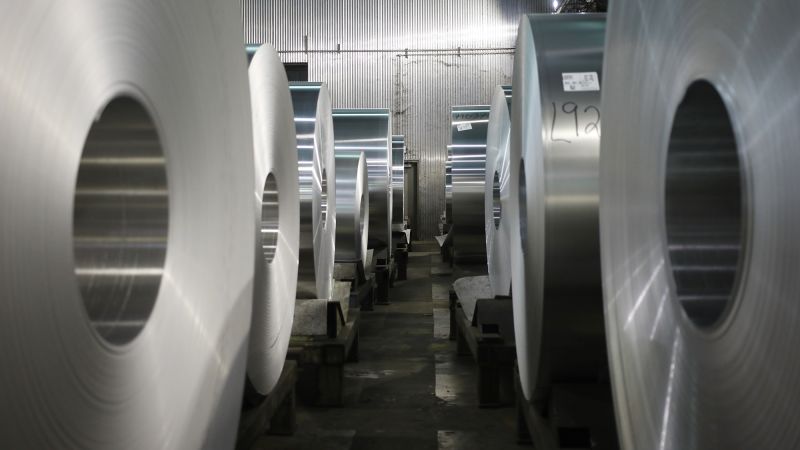
As of 12:01 a.m. ET on Wednesday, the United States has officially doubled its tariffs on imported steel and aluminum to 50%, a significant escalation in trade policy that reflects mounting efforts to protect domestic industries. The change has been welcomed by U.S. steel producers who have struggled against foreign competition, particularly from countries that subsidize their metal exports or sell at below-market prices.
The decision to increase the tariffs comes amid ongoing concerns about the health of the U.S. steel industry. Stakeholders argue that without stronger trade protections, domestic metal producers would be unable to compete fairly against foreign imports, leading to plant closures and job losses.
However, the increase has drawn criticism from various sectors that rely heavily on steel and aluminum, including automakers, construction firms, and can manufacturers. These groups warn that higher input costs could lead to increased prices for consumers, supply chain disruptions, and reduced competitiveness for U.S.-based manufacturers.
Economists and trade analysts note that while the intent of the tariffs is to support national industry, the broader effects could include retaliatory trade measures from affected countries and increased friction in global marketplaces. The U.S. government has defended the move, citing national security concerns and the need to ensure a sustainable supply chain for critical materials.
It remains to be seen how this policy shift will impact trade negotiations with key partners and the overall health of the U.S. manufacturing sector. Analysts will be closely monitoring the economic implications in the coming months, particularly as businesses adapt to the new cost structure and potential changes in import behaviors.
Source: https:// – Courtesy of the original publisher.








